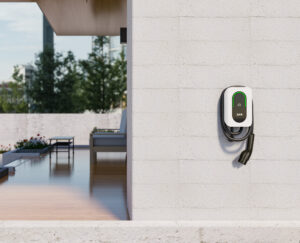
Vehicle-to-Grid (V2G): The Future of EV Charging and a Smarter Energy Grid
Vehicle-to-Grid technology is redefining the role of electric vehicles, turning them into dynamic energy assets that benefit drivers, utilities, and the planet.

Electric cars have many advantages, But to ensure smooth and reliable use, especially on long trips, it’ s important to know the different charging plug types. Here’ s a quick guide to the most common plug types for EVs: Type 1, Type 2, and CCS (Combined Charging System).
NEMA 14-15 plugs are standardized electrical connectors used widely in the United States. Adhering to the National Electrical Manufacturers Association (NEMA) standards ensures safety and compatibility. Featuring two flat prongs spaced 1.5 inches apart, NEMA 14-15 plugs are designed for devices requiring 15 amps or less, including laptops, smartphones, and printers.
These plugs pair seamlessly with NEMA 14-15 receptacles commonly found in both residential and commercial settings. They are also compatible with other NEMA 14 variants, such as NEMA 14-20 and NEMA 14-30.

(Nema 14-15 plug)
NEMA 14-15 outlets provide a range of benefits that make them an ideal choice for diverse electrical applications. As a leading EVSE manufacturer and exporter, Joint Tech offers innovative electric vehicle charging solutions tailored to meet various needs. Follow us for the latest updates on our products.

Vehicle-to-Grid technology is redefining the role of electric vehicles, turning them into dynamic energy assets that benefit drivers, utilities, and the planet.

At this ACT Expo, Joint Tech will unveil its latest advanced commercial Level 2 charging solution, designed to enhance the user experience. Meanwhile,powered by new technology, our commercial chargers effectively address multiple challenges encountered in real-world applications.

The new tariffs imposed by the United States have once again caused global economic tension.In order to respond to the impact on the global supply chain, Joint new factory in Malaysia offers favorable tax rates.